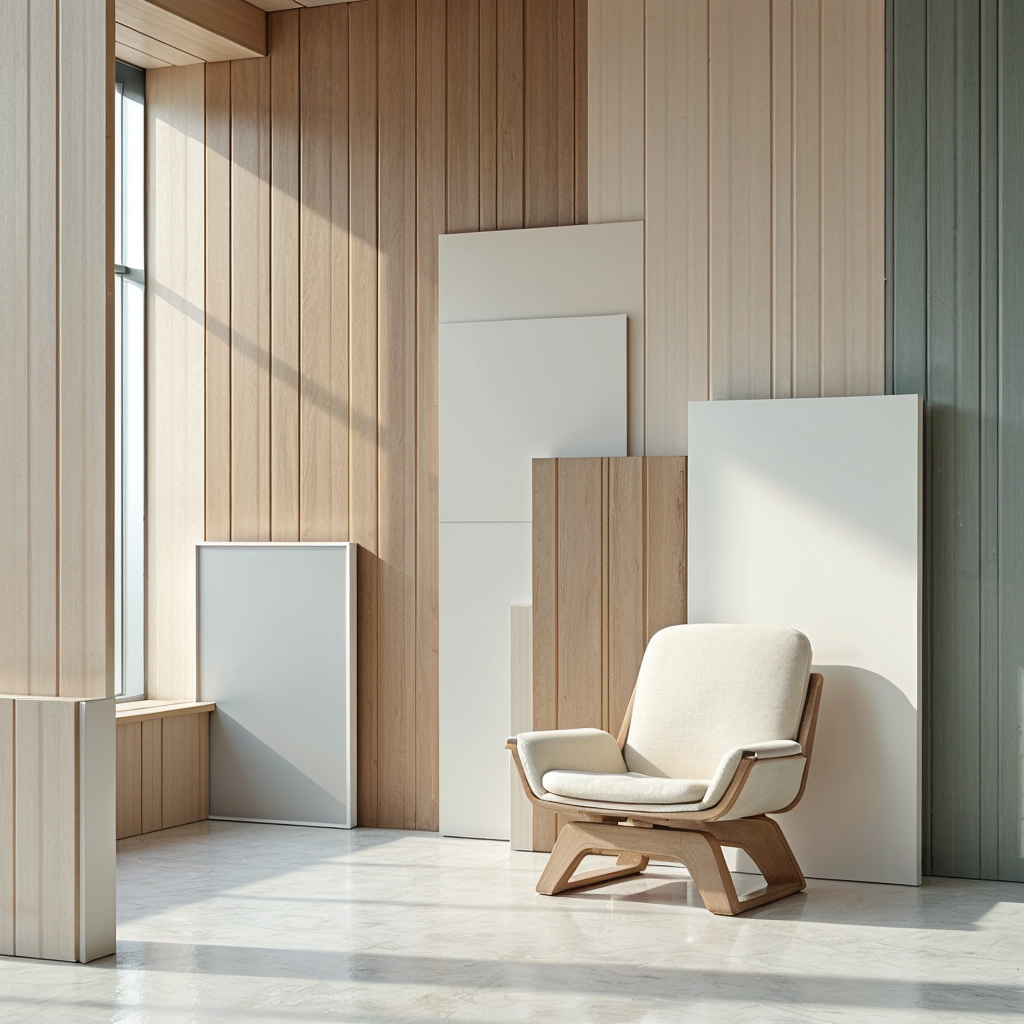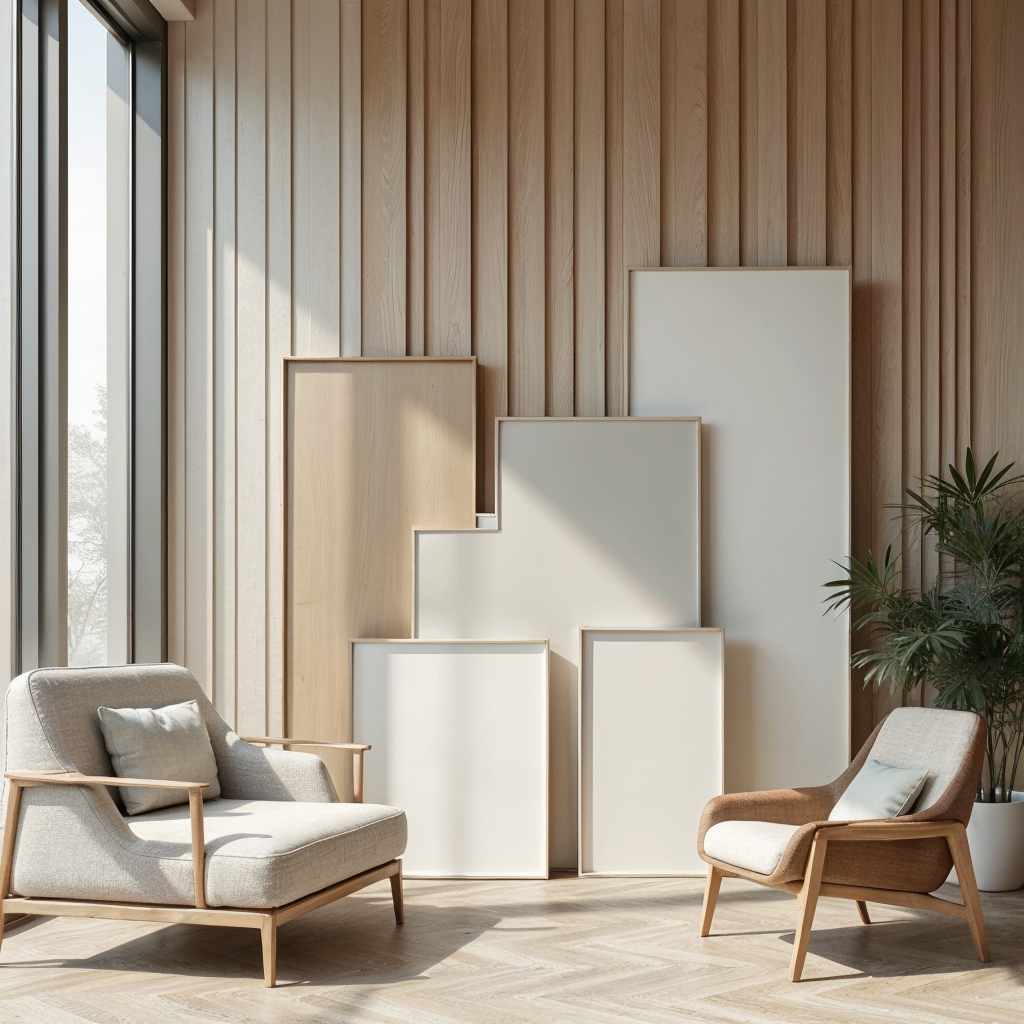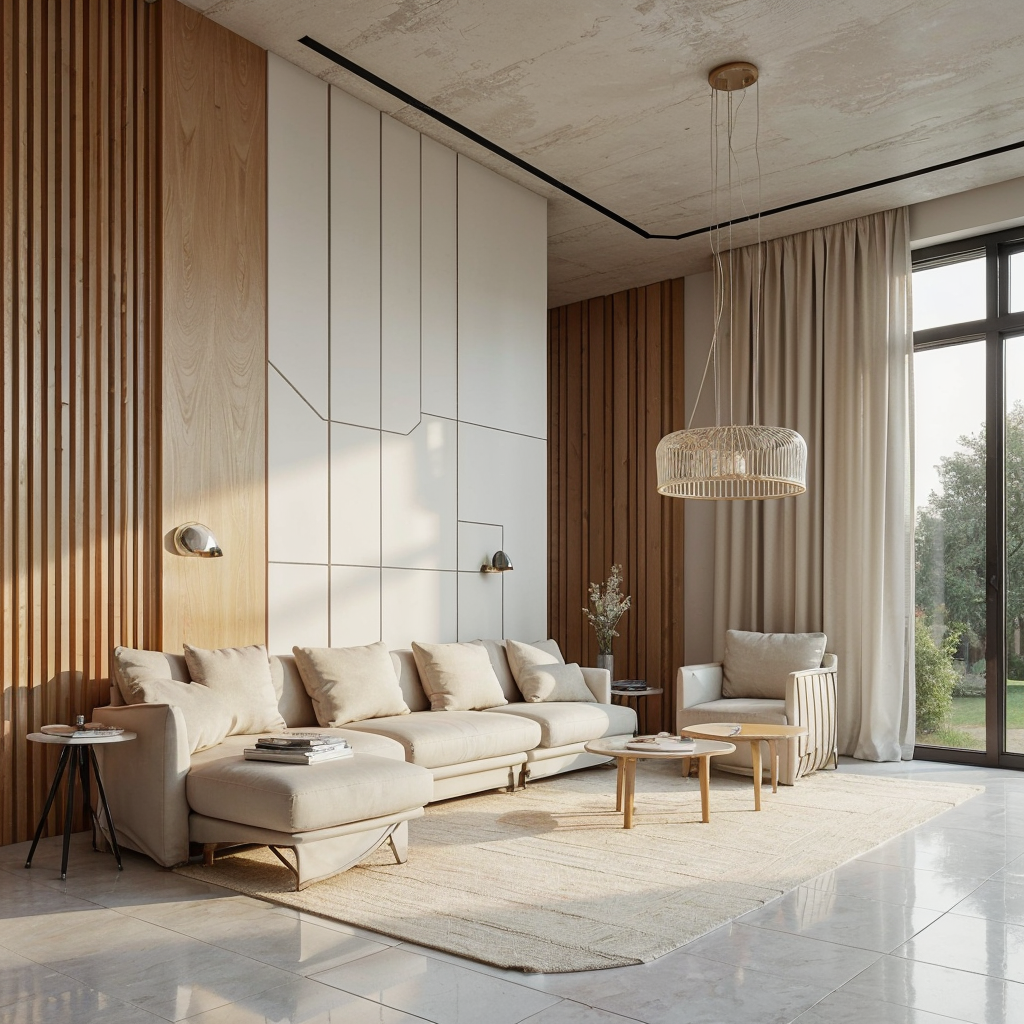The world of interior design and architecture is constantly evolving, with an increasing focus on sustainable, durable, and versatile materials. As eco-consciousness becomes a primary concern in construction, the demand for products that offer long-lasting performance while minimizing environmental impact is greater than ever. One material at the forefront of this transformation is PVC. Once known primarily for its use in plumbing, PVC has found a new role in the form of sheets, panels, boards, and cladding that are making waves in modern design. These products are redefining how we think about sustainability and aesthetics in building interiors.
In this blog post, we’ll explore how PVC products are transforming the design landscape, highlighting their benefits in terms of durability, sustainability, and cost-effectiveness. We’ll also dive into the diverse applications of PVC in both residential and commercial spaces, showcasing real-world examples of its impact. Finally, we’ll look at how PVC contributes to the future of eco-friendly building materials, ensuring a greener and more innovative approach to design and construction.
The Benefits of PVC Products in Interior Design and Architecture
Durability and Longevity
PVC products, such as sheets, boards, and wall panels, are incredibly durable. Resistant to moisture, decay, and even corrosion, they are perfect for high-traffic or humid areas, such as kitchens and bathrooms. Unlike wood, PVC does not rot or warp, making it a long-term solution for both residential and commercial applications.
Sustainability and Eco-Friendly Features
PVC is increasingly recognized for its contribution to sustainability. Many PVC products are made from recycled materials and can be recycled at the end of their life cycle, promoting a circular economy. This eco-friendly aspect helps reduce waste and the environmental impact of construction projects.
Cost-Effectiveness
One of the most appealing qualities of PVC is its affordability. Not only are the initial material costs lower than traditional materials like wood or metal, but PVC's low maintenance requirements and long-lasting nature reduce replacement costs, offering excellent value over time.
Design Versatility
PVC products can be easily customized in terms of size, shape, texture, and color. From sleek, modern wall panels to custom-designed furniture, PVC allows architects and designers to create unique and personalized spaces. It can mimic the appearance of wood, stone, or metal while providing the functional benefits of plastic
Popular Applications of PVC Products
PVC Wall Panels and Siding

PVC wall panels are gaining popularity for their durability and water resistance, making them ideal for use in bathrooms, kitchens, and commercial spaces. They offer a sleek, modern appearance and can be produced in a wide variety of colors and finishes to fit any design aesthetic
PVC Boards for Furniture
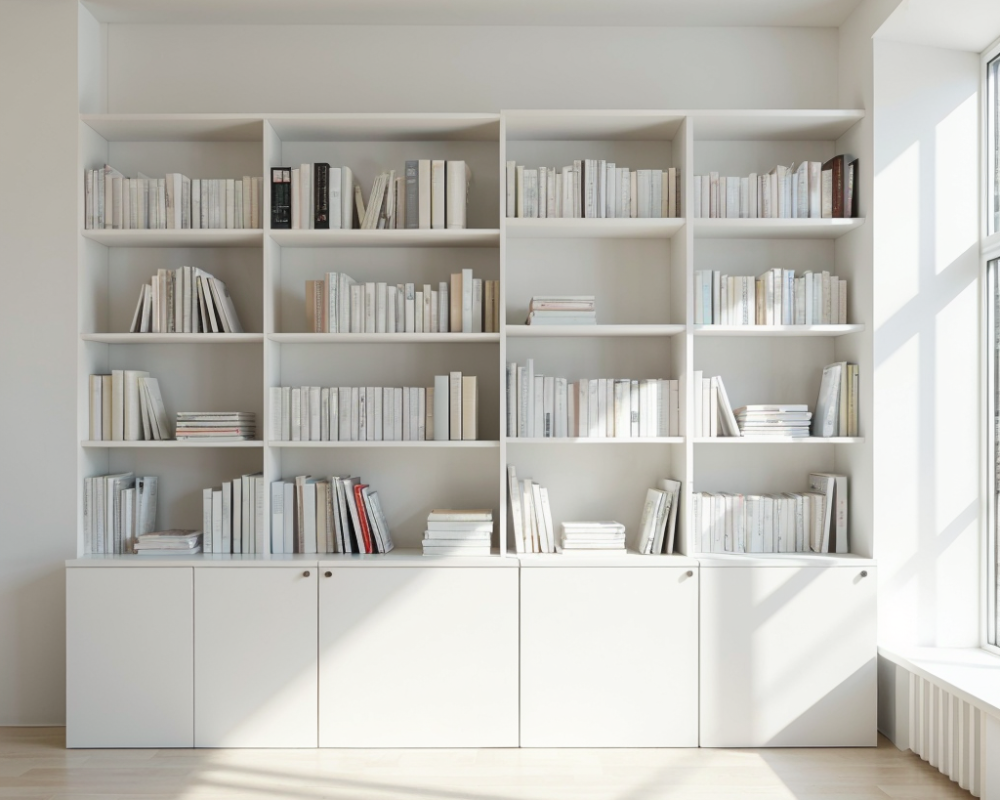
Lightweight yet strong, PVC boards are used to craft modern, eco-friendly furniture. With growing demand for sustainable interiors, PVC is an excellent option for creating furniture that is both stylish and environmentally responsible. Its ability to mimic natural materials like wood while offering superior durability makes it a preferred choice for minimalist designs
PVC Sheets for Interior Cladding
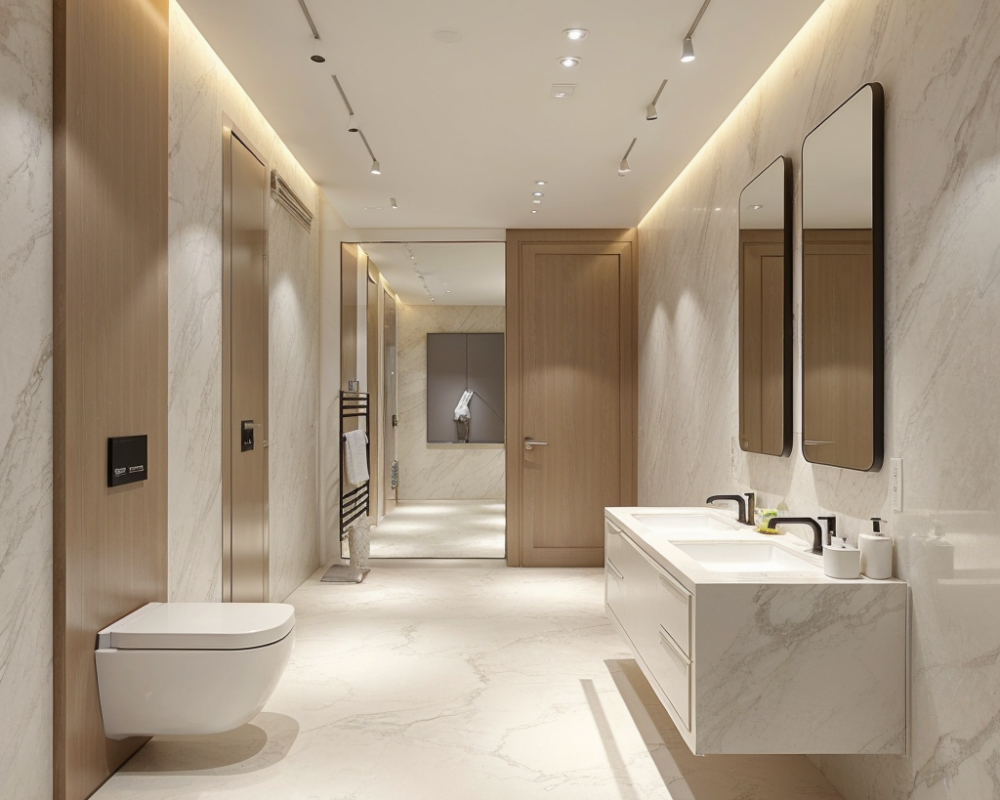
PVC sheets provide a versatile solution for interior cladding, creating smooth, seamless surfaces ideal for modern interiors. They are particularly useful in spaces that require moisture resistance, such as hotel lobbies, high-end residential spaces, and commercial bathrooms
Custom PVC Solutions for Unique Spaces
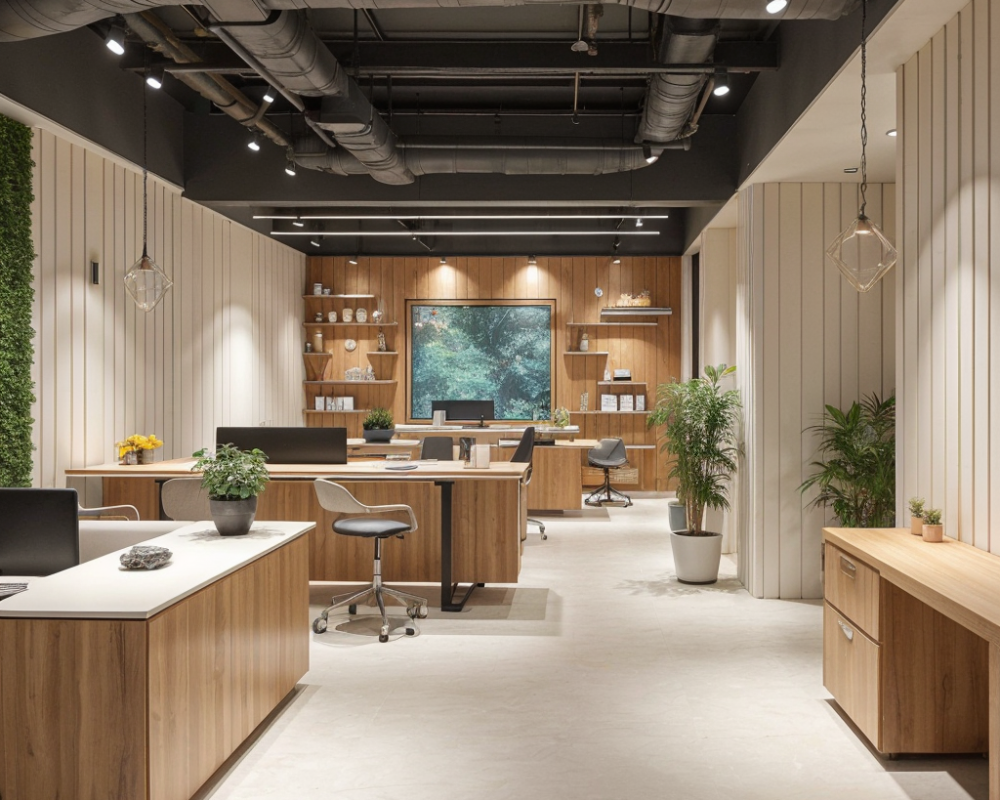
Designers are increasingly using PVC for bespoke interior elements, such as accent walls or customized office furniture. The material’s adaptability allows it to fit a range of creative design projects, including retail environments and personalized office spaces.
Real-World Example
Serpentine Pavilion (London, UK)

The 2015 Serpentine Pavilion, designed by SelgasCano, is an iconic example of how plastics, including PVC, are used in modern architecture. This temporary pavilion featured a vibrant and intricate design made from lightweight ETFE plastic, highlighting how plastic materials, including PVC, can be applied to create dynamic and visually striking architectural spaces.
Plastic House (Dublin, Ireland)
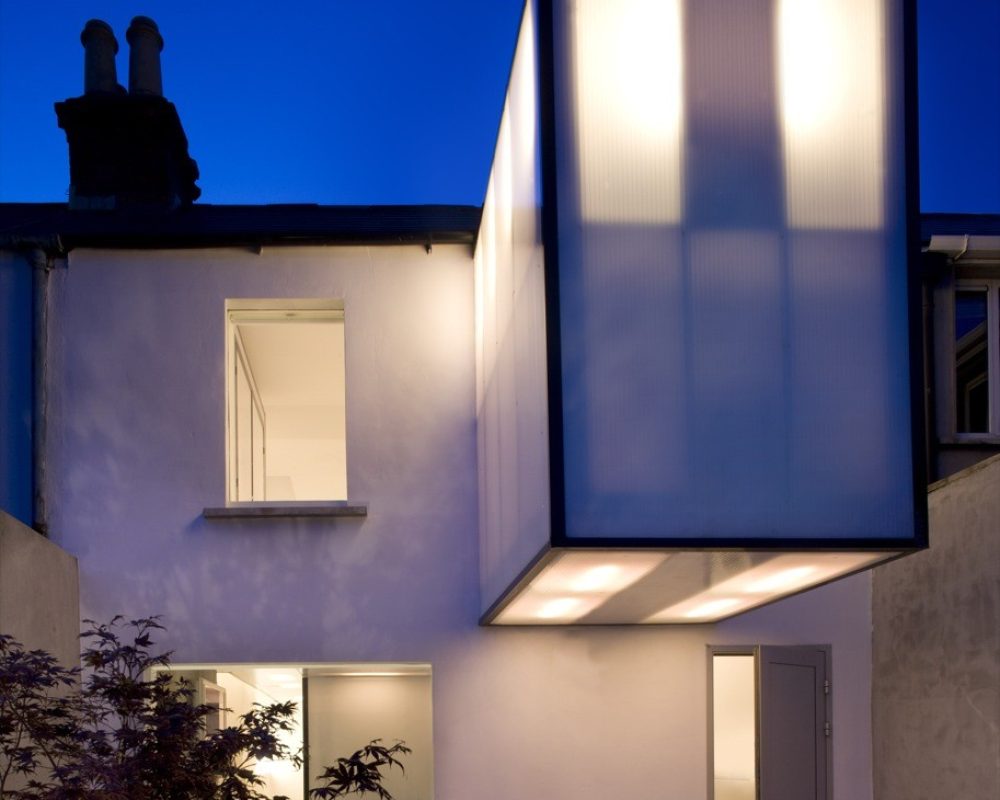
Another stunning project is the Plastic House, designed by Architecture Republic. It incorporates polycarbonate and PVC as key elements in the building’s structure, showing how these materials can provide both functional and aesthetic benefits. The house’s lightweight plastic structure is especially striking when lit from within, demonstrating PVC’s potential for creating energy-efficient and innovative residential designs.
Drivhus (Stockholm, Sweden)

This architectural project, a collaborative effort between U.D. Urban Design AB and SelgasCano, features a double facade made from PVC and ETFE, creating a greenhouse-like environment. The use of PVC in this project demonstrates the material’s suitability for complex and sustainable architectural designs that prioritize energy efficiency and environmental harmony
PVC and Sustainability: The Future of Eco-Friendly Building Materials
PVC as a Circular Material
One of the most significant advancements in the use of PVC in architecture is its role in the circular economy. Unlike many traditional building materials, PVC can be recycled multiple times without losing its structural integrity. This quality reduces waste and the demand for virgin materials, making it an eco-friendly choice for sustainable design projects. Many manufacturers are now producing PVC products with up to 100% recycled content.
Energy Efficiency and Reduced Environmental Impact
PVC materials require less energy to produce compared to traditional building materials like wood, steel, and aluminum. This energy efficiency contributes to the reduction of greenhouse gas emissions during the manufacturing process. Additionally, PVC’s insulating properties, when used in windows, doors, or cladding, improve the energy efficiency of buildings, helping to reduce heating and cooling costs.
Future Innovations and Trends
PVC continues to evolve as a material for sustainable construction. Bio-based PVC, which is derived from renewable resources, is gaining traction as an alternative to conventional PVC. Additionally, advancements in 3D printing with PVC are opening new doors for customized architectural elements, allowing for more efficient and innovative construction solutions.
Conclusion
PVC products are proving to be an essential material in modern interior design and architecture due to their durability, cost-effectiveness, and sustainability. From residential interiors to high-traffic commercial spaces, PVC offers versatile solutions that meet the demands of today’s eco-conscious builders and designers. Its ability to be recycled and its low environmental impact make it a top choice for sustainable projects moving forward. For architects, designers, and builders looking to innovate, PVC provides an adaptable and affordable material for creating dynamic and responsible designs.
Coastal Custom Products is proud to be at the forefront of this exciting shift, offering a wide range of PVC materials that can help bring your sustainable design visions to life. Reach out to us today to learn more about how we can support your next project with high-quality, eco-friendly PVC solutions.

